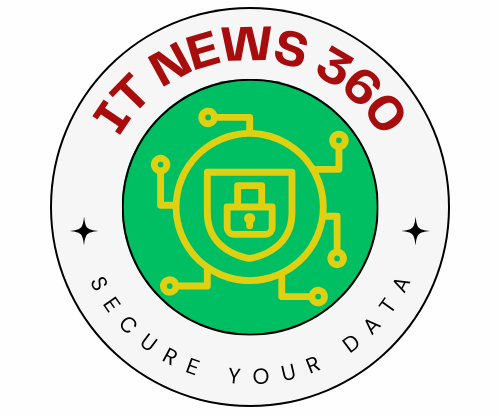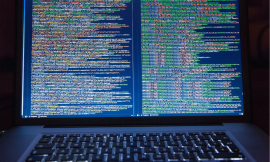After our previous deep dive into “Exploring Key Data Analysis Techniques for Business Success“, it’s time to get our hands a bit dirty. The realm of data analysis can initially seem vast and intimidating, but fret not! Today, we’ll embark on an exciting journey with two of the most popular languages for beginner data analysts: Python and R. So, tie up those learning boots and let’s dive right in! 🚀
1. Why Python and R? 🤔
Python and R have cemented their places as the top choices for data analysis, especially for beginners. They offer extensive libraries, vast community support, and are relatively easy to pick up. Plus, they play nicely with most data formats you’ll encounter.
2. Starting with Python 🐍
Why Python for Data Analysis?
Python, with its versatile libraries like Pandas and NumPy, makes data analysis, manipulation, and visualization a breeze.
Example:
Imagine having a spreadsheet full of sales data. With just a few lines of Python code using the Pandas library, you can filter out top-selling products, calculate average sales, or even predict future trends!
Getting Started:
- Install Python: Download from the official site.
- Set up your environment: Platforms like Jupyter Notebook or Google Colab are excellent starting points for data analysis.
- Start with Pandas: This library is pivotal for data manipulation.
- NumPy: For scientific computing and numerical processing
- Matplotlib: For data visualization
- Scikit-learn: For machine learning
3. Rolling with R 📈
Why R for Data Analysis?
R, originally designed for statisticians, shines in statistical modeling and data visualization. With packages like dplyr and ggplot2, data wrangling and visualization have never been easier.
Example:
Need to understand the correlation between two variables, say, temperature and ice cream sales? A few lines of R code, and you can have a beautiful scatter plot visualizing this relationship.
Getting Started:
- Install R: Grab it from the CRAN repository.
- Opt for RStudio: It’s an integrated development environment (IDE) tailored for R.
- Begin with dplyr: It’s a powerful tool for data manipulation in R.
- tidyr: For data cleaning and preparation
- ggplot2: For data visualization
- caret: For machine learning
4. Python vs. R: Which One to Choose? 💡
- Ease of Learning: Both are beginner-friendly, but Python’s syntax is often considered more intuitive for those new to programming.
- Data Handling: For hefty data tasks, Python’s Pandas outshines R in terms of speed and performance.
- Visualization: R, with ggplot2, has an edge if you need advanced visualization.
- Community Support: Both have vast communities. However, Python, being a general-purpose language, has a broader user base.
Tip: It’s not a battle! Many data analysts learn both to utilize the strengths of each.
5. Resources to Kickstart Your Data Journey 🚀
Conclusion 🎉
Embarking on the path of data analysis is an exciting journey, and Python & R are your steadfast companions. Remember, the key is consistent practice and continuous learning. With the resources and tips shared, you’re well-equipped to start deciphering the stories data tells.
Happy analyzing, and here’s to unlocking powerful insights! 📊🔍





